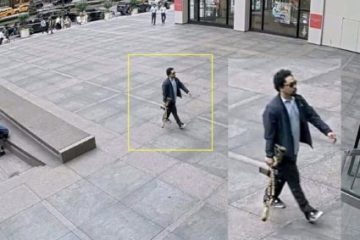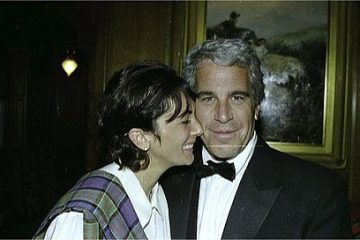Larry Hoover: The Journey of a Notorious Figure

Introduction
Larry Hoover, once a prominent leader of the Gangster Disciples gang in Chicago, has become a controversial figure in discussions on crime, rehabilitation, and activism. His life and legacy raise critical questions about the U.S. criminal justice system and the potential for change. Understanding Hoover’s story helps contextualise the broader conversations around gang violence and prison reform in America today.
Early Life and Rise to Prominence
Born in 1950, Hoover grew up in a challenging environment that led him to a life of crime. He founded the Gangster Disciples in the late 1960s, a gang that originally started as a youth organisation but evolved into a powerful criminal enterprise involved in drug trafficking and violent crime. By the 1970s, Hoover had established himself as a significant figure in Chicago’s gang landscape, which garnered him both notoriety and influence.
Legal Troubles and Imprisonment
Hoover’s criminal activities led to numerous arrests, culminating in a life sentence for murder in 1973, after a violent spree that resulted in the death of a rival gang member. Despite being incarcerated, Hoover maintained control of the Gangster Disciples, adapting to prison life by restructuring the gang into a more community-focused organisation. His efforts to pivot from violence towards positive community engagement have sparked debates about his true intentions and whether he should be viewed as a gang leader or an activist.
Activism and the Quest for Redemption
In prison, Hoover has attempted to distance himself from his past gang activities. He has participated in various advocacy programmes, promoting non-violence and community service. His writings and speeches emphasise the need for rehabilitation and a focus on education among youth in urban areas. His transformation has led some to argue for his release, viewing him as a figure who could potentially contribute positively to society if given the chance.
Recent Developments
In 2021, discussions around Hoover’s potential release gained momentum as some high-profile individuals, including rapper Drake and Kanye West, advocated for him, highlighting his significant transformation. The conversation around his release embodies larger issues within the criminal justice system, including the treatment of incarcerated individuals and the possibility of redemption.
Conclusion
Larry Hoover’s journey from gang leader to a figure of controversy and activism exemplifies the broader struggles within America’s urban communities. As discussions continue about his legacy and the possibility of his release, it is crucial for society to consider the complex realities of criminal rehabilitation and the potential for positive change. Hoover’s case serves as a microcosm of the ongoing debate surrounding the effectiveness of the justice system, reinforcing the narrative that redemption is possible—even for those with troubled pasts.









